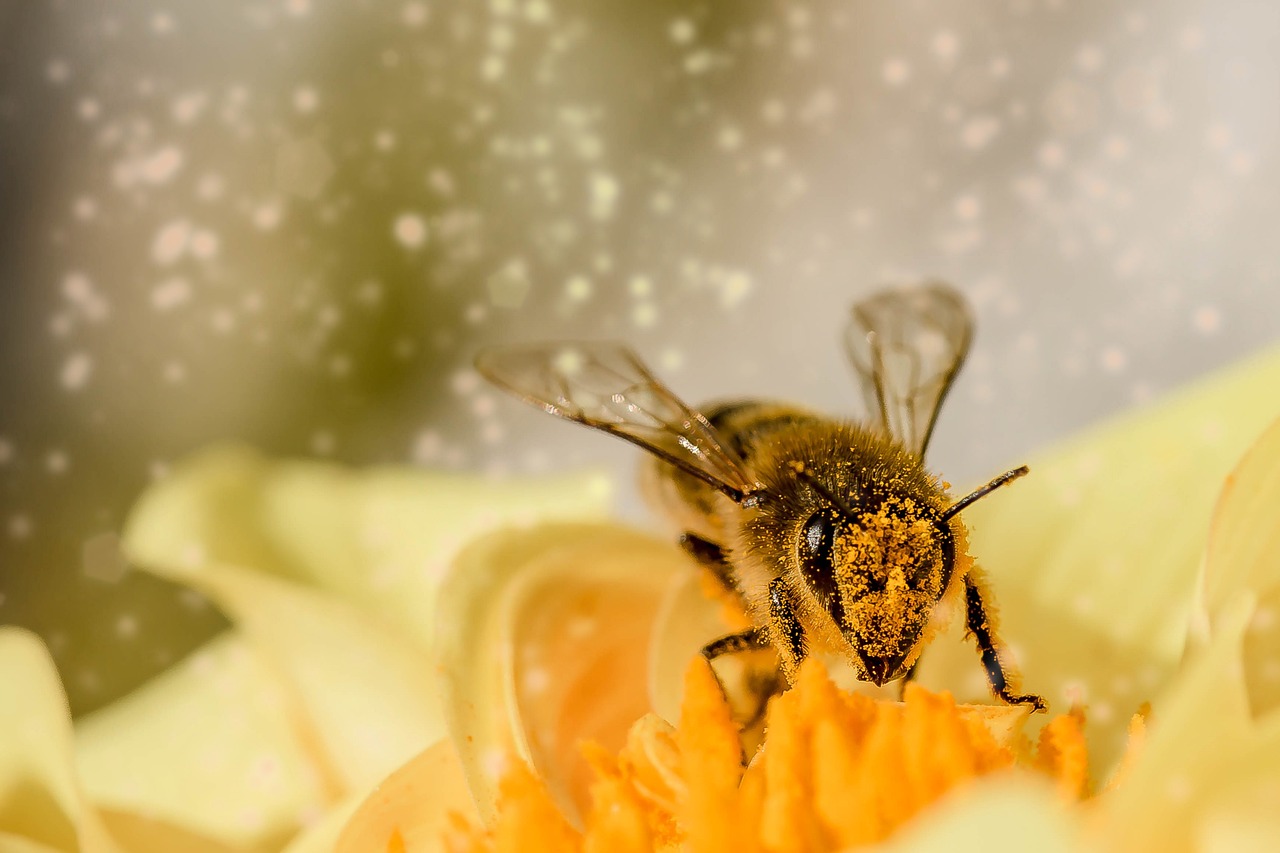Production of nectar is not at all an easy work. It costs approximately 40% of the daily photosynthate allocation. Plants know that their energy is precious and for years scientists ask themselves if plants have a strategy to save their own nectar production.
The research group of the biophysicist Daniel Robert last March reported in Minneapolis at the American Physical Society meeting, that flowers could act as antennas. So, when they pick up the flying insect pollinators vibrations, they can transmit those signals through the soil.
In fact, both pollinators and flowers produce small electric fields. Researchers have long proposed that plants have some form of electrical communication. Pollinators are electrically charged. As bumblebees and honeybees are almost always positively charged, they present a static electric field that is modulated by the harmonic motion of their wings. The research group have previously found that bumblebees carry a positive electric charge, while flowers carry a negative one. It is known that as a bee approaches a flower, there is a change in the stem potential of the plant, even before the bee lands. This suggested the idea that flowers can sense the approaching bee through its electric field.



Researchers found that petunia stems not only become more charged when a bee approaches, but their flowers also increase scent production, hinting that the plant can detect pollinators based on a noncontact electrical signal. In other words, the Robert’s research introduces the possibility that flowers act as antennas for electric signals. This kind of information exchange seems to be much faster than chemical communication.
The experiment conducted by the University of Bristol mimicked bees’ electrical signals above a row of flowers outfitted with electrodes, sending an electrical signal. Nearby flowers in the same soil also donned electrodes, but those plants were covered with a Faraday cage to block any electrical or chemical signals in the air. Surprisingly, the electrodes on the shielded plants detected electrical signals, suggesting the plants passed them underground. Those signals maintained their strength even on plants farther away from the initial beelike signal.

The signal could be transmitted underground to other plants through electrolytes, wet soil or fungus, he says. Still, the general consequences of that conduction are not clear. It is sure that making nectar to attract pollinators is expensive. Finding a way to time production to when pollinators are present could pay off.
Further implications concern the possibility that electric fields in the environment, natural or anthropogenic, may play a role in mediating plant-pollinator interactions, thus impacting global food production.
References
Electrostatic detection and electric signalling in plants: Do flowers act as antennas? – Woodburn F; O’Reilly L; Bentall L; Robert D; Journal of Physics: Conference Series – 2024.





